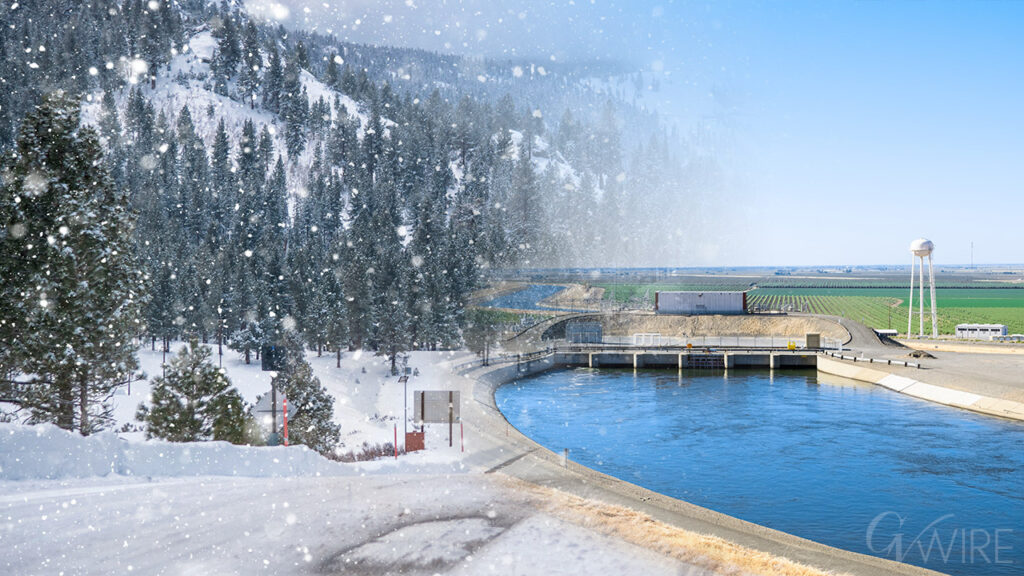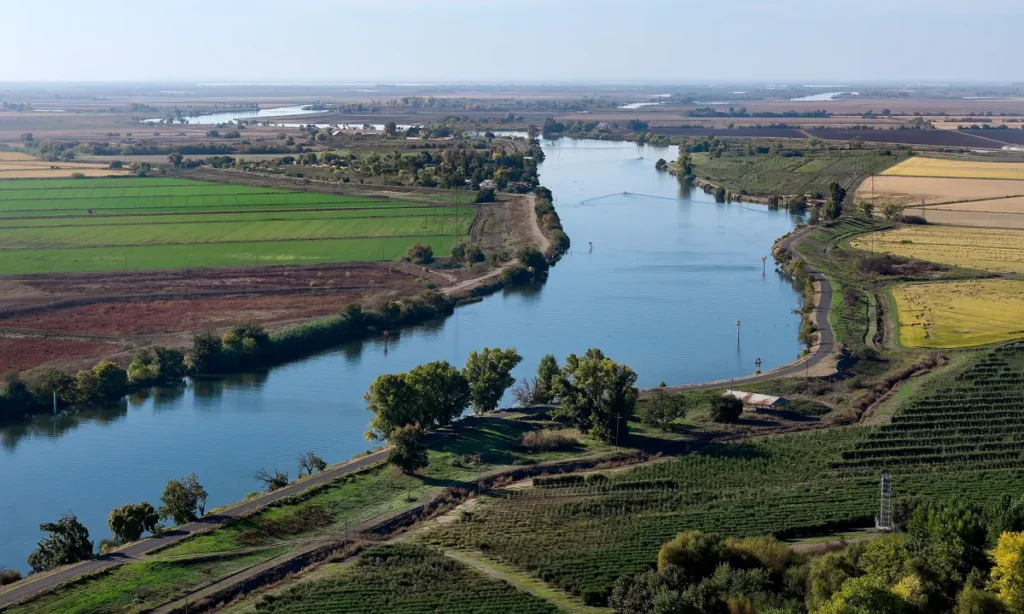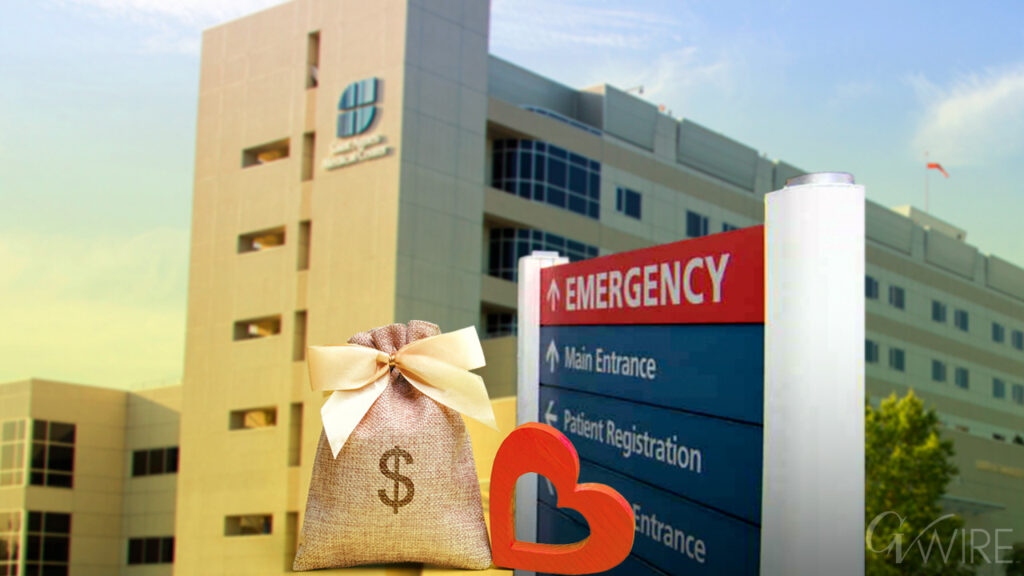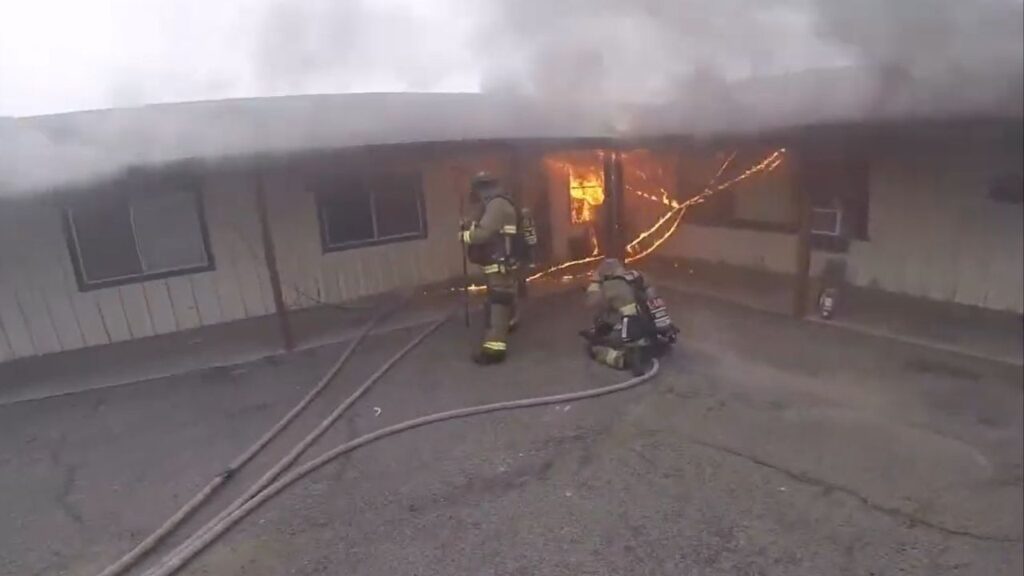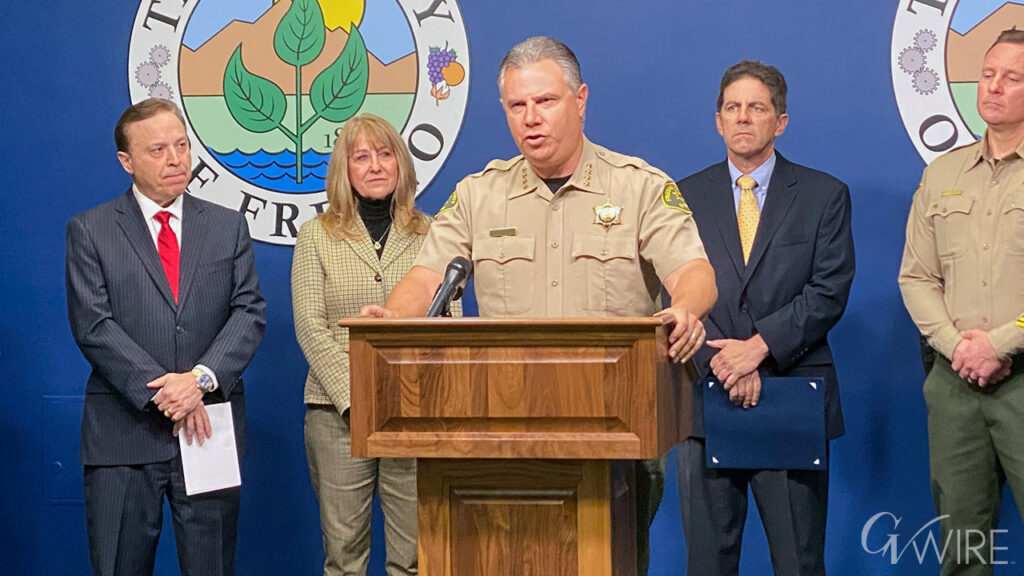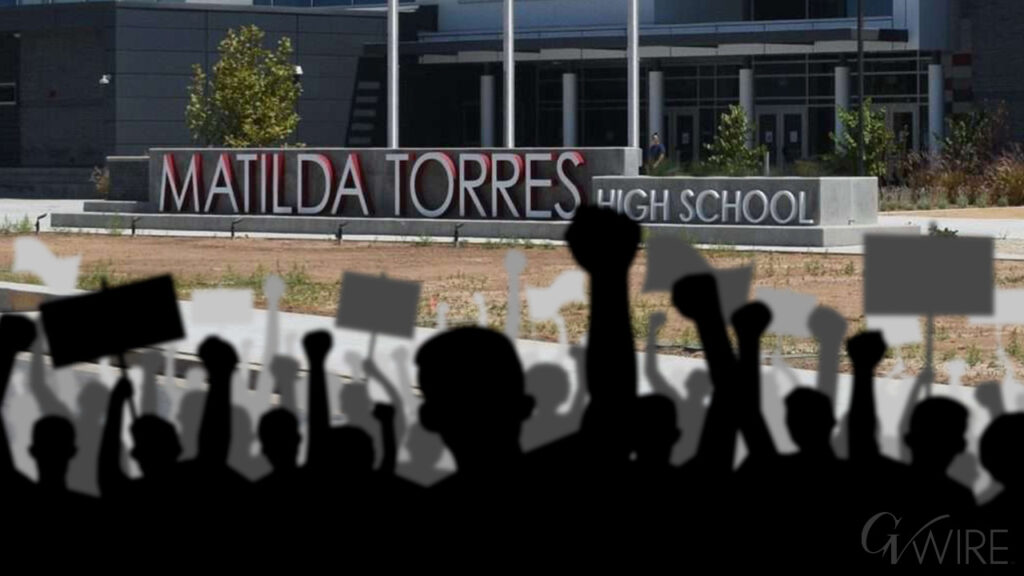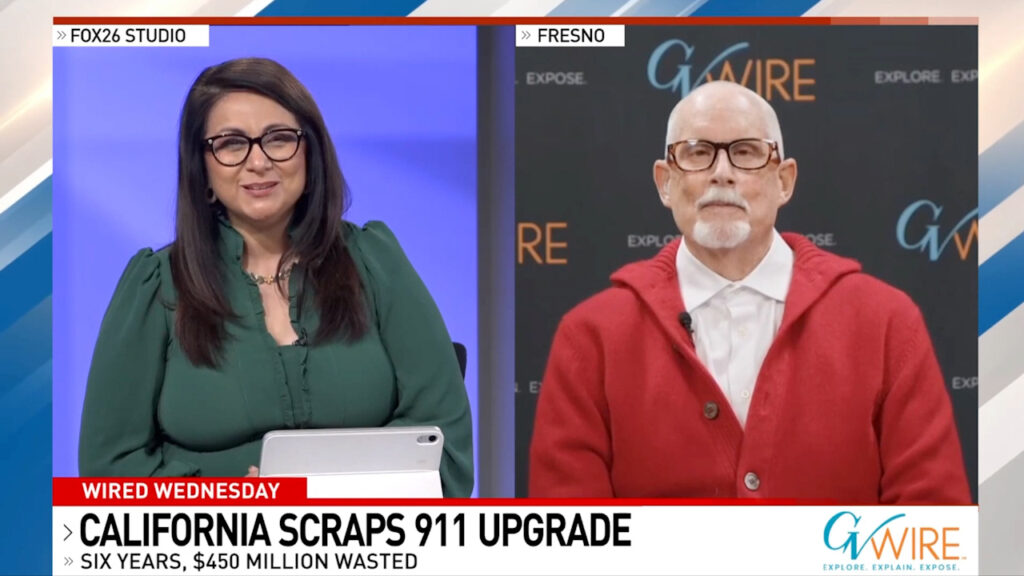Share
California voters will receive their mail ballots for the June 7 primary election this week and most will be surprised to learn that there are 25 candidates seeking to unseat Gov. Gavin Newsom.
One of them will place second to Newsom in the primary ballot and, thanks to Calfiornia’s top-two election system, appear on the November ballot as Newsom’s official challenger.
Most likely that dubious honor will go to Republican state Sen. Brian Dahle, since he’s the only one of the 25 to be known outside their small circles of friends and supporters. Unless he makes some monumental blunder, Democrat Newsom will coast to re-election in November.

Dan Walters
CalMatters
Opinion
California hasn’t had a real two-party contest for governor since 2010, when Republican businesswoman Meg Whitman spent nearly $150 million in a vain campaign against former Gov. Jerry Brown.
Were California to have a real duel for the governorship, we might have a real debate about the state’s most pressing issues, including the nation’s highest poverty, its worst homelessness crisis, an immense shortage of housing, medicore — at best — public schools and looming shortfalls in water and electric energy supplies.
None of them is new. All have evolved over decades of inaction or counterproductive policymaking but the latter two — water and power — are biting particularly hard just as Californians decide who will occupy political positions for years to come.
Throughout the state, water agencies are telling Californians that they must seriously curtail lawn watering and other water uses. We can probably scrape through another dry year, but were drought to persist, its impacts would likely be widespread and permanent. And with climate change, longer dry periods are virtually certain.
We’ll always have enough water for ordinary human use, but the future of California’s largest-in-the-nation agricultural industry is clearly at risk, since farming consumes the vast majority of developed water supplies. As water allotments to farmers are reduced, in some instances to zero, thousands of acres of farmland are being taken out of production, affecting not only farmers but their workers and support services, such as farm equipment dealers.
It didn’t have to be this way. We could have built more storage to capture water during wet years, we could have encouraged more conservation, we could have more efficiently captured and treated wastewater for re-use and we could have embraced desalination. But we didn’t and even with a water crisis upon us we aren’t moving decisively on these defensive actions.
Drought also affects our electrical energy supply since depleted reservoirs are less capable of generating hydropower. It’s one of the factors in last week’s declaration by state energy managers that Californians could see blackouts this summer as supply falls short of demand on hot days when air conditioning units are running at maximum output.
However, reduced hydropower production is a relatively small part of the problem. The largest factor has been California’s rush to phase out nuclear and gas-fired power plants to reduce greenhouse gases without having sufficient renewable energy to replace their output.
While wind and solar generation has increased greatly in recent years, we have not constructed enough storage, such as battery banks, to keep juice flowing when the sun doesn’t shine and the wind doesn’t blow.
Belatedly acknowledging the shortfall, state officials now want to keep some gas-fired plants that had been ticketed for closure on line and perhaps delay the planned decommissioning of the state’s only remaining nuclear plant, Diablo Canyon.
Emergency actions, however, only underscore the policy and managerial lapses that allowed the crisis to develop.
About the Author
Dan Walters has been a journalist for nearly 60 years, spending all but a few of those years working for California newspapers. He began his professional career in 1960, at age 16, at the Humboldt Times. For more columns by Walters, go to calmatters.org/commentary.
RELATED TOPICS:
Categories

Clovis Police Arrest Suspect in City’s Second Homicide of 2025

Trump Signs Order Aimed at Curbing State AI Laws






